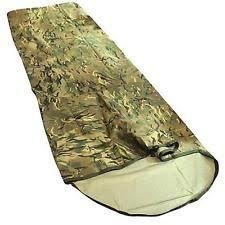Military Phones, Radios & Headsets
Gift Ideas
Military Regimental Dress Uniforms
Military Equipment & Webbing
Flags
British Military
American Military
Australian Military
Austrian Military
Belgian Military
Czech Military
Dutch Military
French Military
German Military
Norwegian Military
Russian Military
Swedish Military
Swiss Military
Medical Equipment
Military Issue Clothing
British Military
WW1 / WW2
American Military
Australian Military
Austrian Military
Belgian Military
Czech Military
Danish Military
Dutch Military
French Military
German Military
Hungarian Military
Italian Military
Slovakian Military
Swedish Military
Swiss Military
Military Style
Military Buttons and Badges
Cap Badges
Badges
Buttons
Regimental Belts and Headwear
Military Helmets
Military Hats
Military Belts
Kids Section
Accessories
Kids Clothing
Bags and Rucksacks
Hunting Bags
Hiking Bags
Military Bags
Footwear and Accessories
Military Boots
Hunting Boots
Hiking Boots
Safety boots
Socks
WW1/WW2, Collectables and Bayonets
Bayonets
Collectibles
WW1 and WW2
Knives and Tools
Knife Sheaths and Pouches
Axes
Machetes
Multi-tools
Military Knives
Hunting Knives
Hunting Rifles & Equipment
Air Soft BB Pistols, Rifles And Accessories
Scopes,Mounts,Silencers and BiPods
Purse Nets and Snares
Gunlights, Lamps and Filters
Archery and Accessories
Rifle & Pistol Bags and Targets
Pellets and Rifles Cleaning Kits
Pistol and Co2 Gas
Air Rifles
Hunting and Outdoor Clothing
Jumpers and T-Shirts
Trousers and Shorts
Jackets and Body Warmers Gilet
Accessories
Bushcraft, Camping and Survival
Tents, Tarps, Bivvies and Hammocks
Cookwear and Stoves
Torches
Accessories
Ex-Police Clothing & Equipment
Safety Work-wear & Equipment
5.11 Tactical Clothing & Equipment
Accessories
The North East's first choice for military clothing and equipment.
Genuine Army Surplus offer a large selection of clothing, footwear and equipment suited to a wide range of outdoor activities including air soft, bushcraft, camping, hunting, and military
events. Our retail store is based on North Road, Darlington however all our online items are available for delivery across the UK and worldwide. For more information on our fantastic range of products, contact our team today.
Contact us
A NOTE ABOUT OUR PRICES:
None of the prices shown include VAT, excluding Air Rifles and other products which cannot be bought online. VAT is added at Checkout
For the latest army surplus clothing, footwear and accessories supplied in Darlington, the UK and worldwide, order online, visit our store or call Genuine Army Surplus on
01325 481 366




